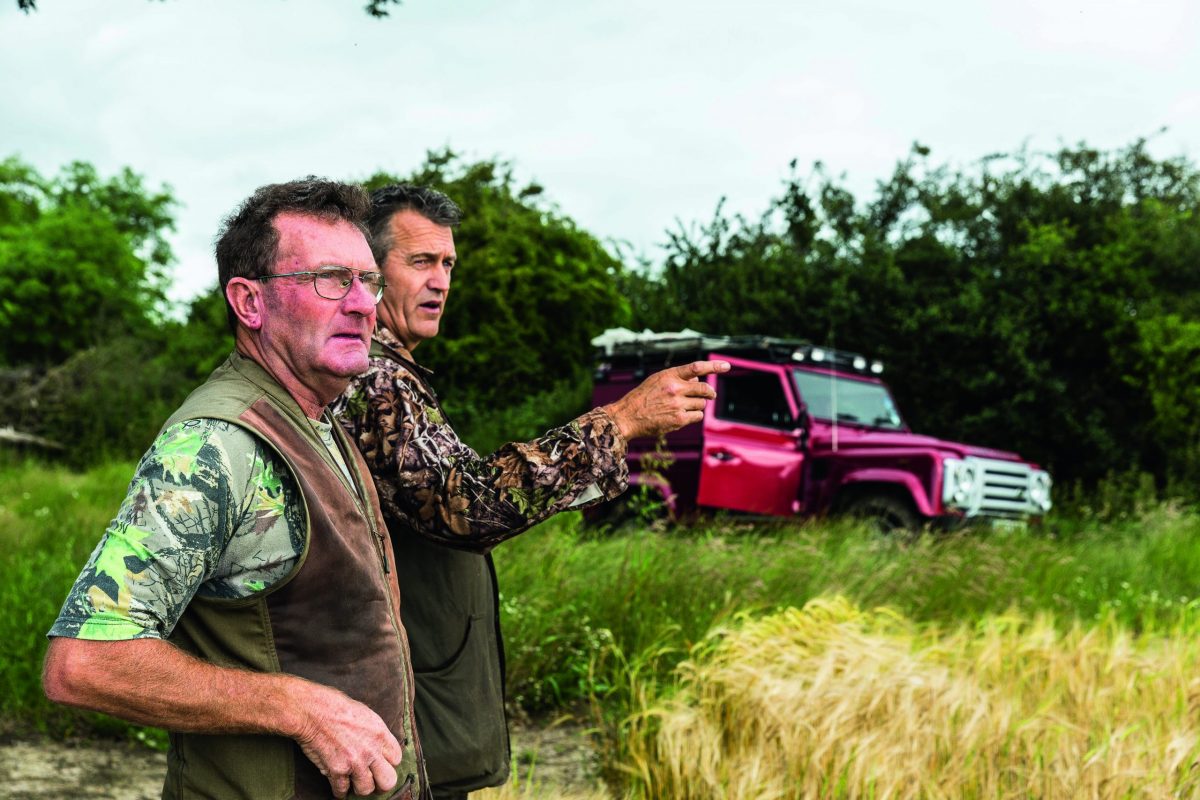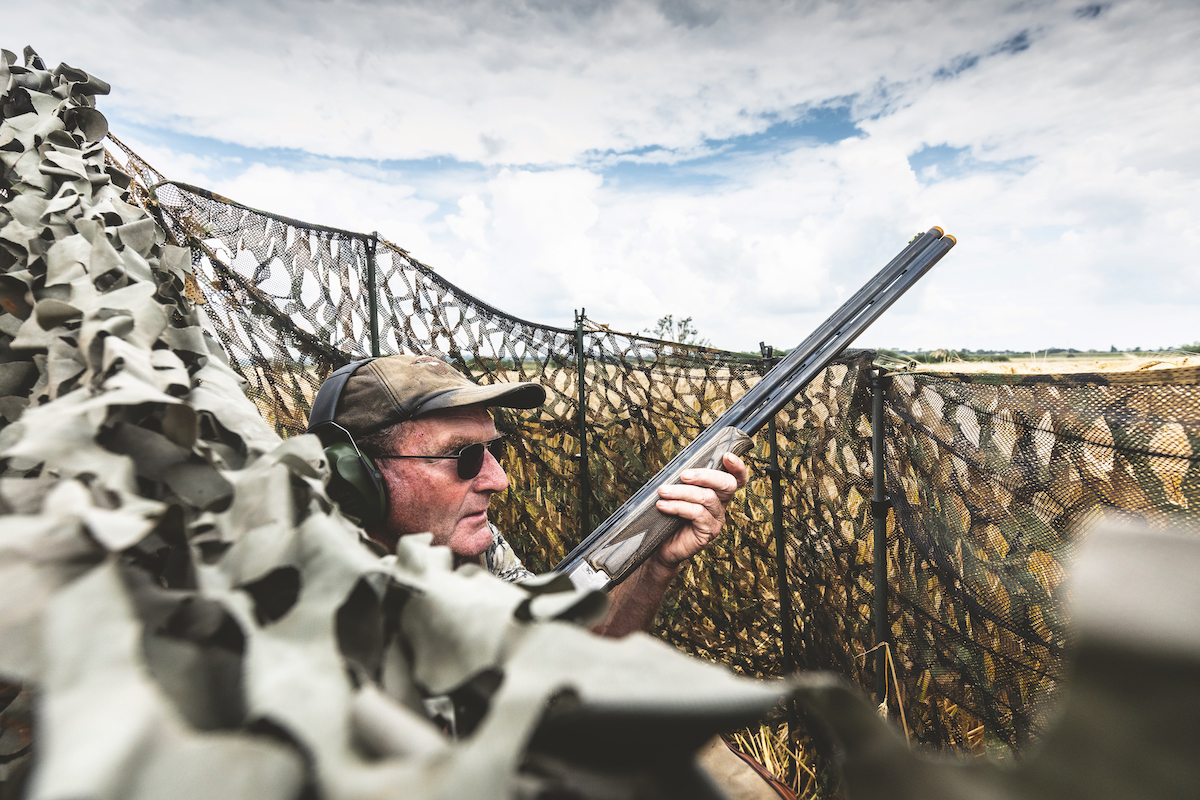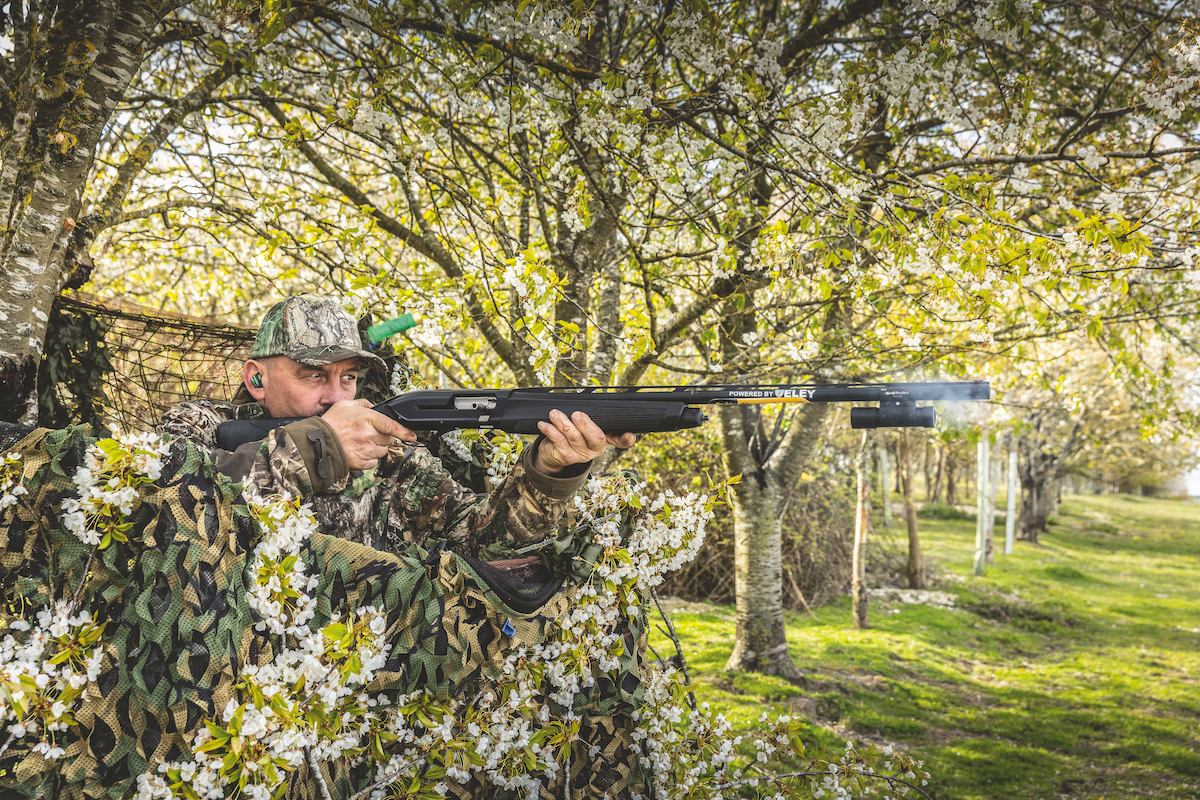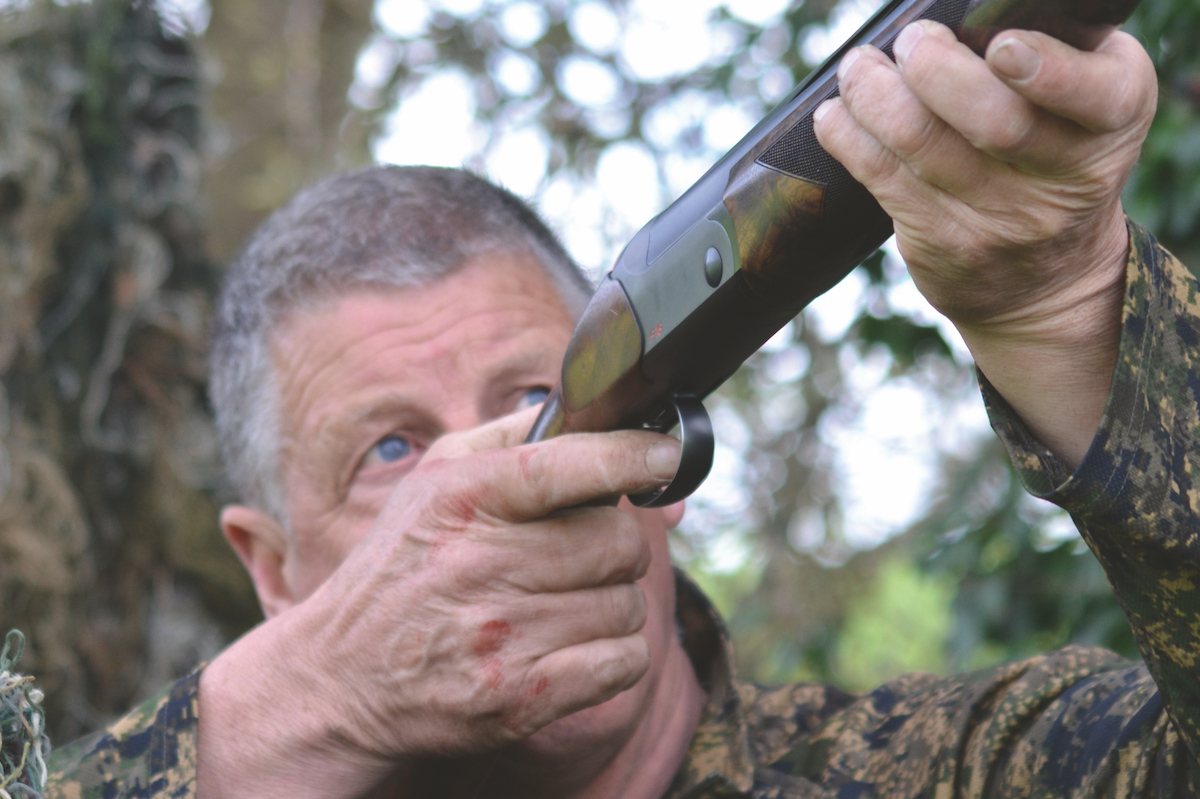The benefits of having a pigeon shooting partner
Peter Theobald says that his experience and that of his pigeon shooting partner Paul helped them stay the course over rape fields that eventually produced a bumper harvest

Peter and Paul have built up a number of shared permissions over the years
Regular readers will know that I often extol the benefits of having a pigeon shooting partner who not only shares your passion for pigeon shooting but also goes about the business of decoying in the same way as you.
I was lucky when Paul won a BASC auction for a day’s pigeon shooting with me some 13 years ago. We soon found we shared like-minded views on how to shoot pigeons, even to the extent of debunking the various theories that so-called experts expound. We have undoubtedly both benefited from our alliance, pooling a combined 100 years’ worth of experience and knowledge, not to mention the fact that we share the numerous permissions that we have built up over time.

Two Guns prove better than one as Peter and Paul set up hides in two locations half a mile apart
Numbers
This knowledge was never better illustrated than a day we shared recently on oilseed rape. This was a 250-acre group of fields criss-crossed with numerous busy footpaths. Because of the glut of acorns the pigeons had completely vacated the area, with only 100 or so locals showing any interest for the past 10 weeks. The numbers were certainly not enough to bother the farmer on such a large acreage, nor excite us enough to give it a go. Latterly, however, this changed, and Paul reported a distinct increase in numbers to the point where he thought there were enough to warrant an outing.
In weighing up a situation, particularly on rape, several criteria need to be considered if your trip is going to be successful. (Read more here for how to shoot pigeon over oilseed rape). There are pros and cons to take into account, as with any decoying situation. In our favour (and not by accident) was the essential 15mph wind to hopefully keep the pigeons on the move. Because they had not been hassled by decoyers or farmers for more than two months, there was every likelihood they would decoy confidently if we could pinpoint a consistent feeding area. This last point was to prove a challenge.
Normally, by this time of year pigeons will have grazed specific areas right down to the ground, making it easy for the decoyer to identify where to set up, but with 250 virgin acres to choose from we needed to watch the flightlines very carefully. The footpaths were to prove both a curse and a blessing. On the plus side, birds never really get a chance to settle anywhere as a walker would inevitably disturb them and move them on. On the downside, we had to be on constant alert, in case a walker strayed into our line of fire.
Clearance
My pigeon shooting partner Paul arrived at the field at 8.30am and set about moving the 500 pigeons already in residence, using his quad bike. This is an essential part of shooting over rape and one that many decoyers fail to carry out.
If you allow birds to settle in nearby trees or other parts of the field and then set up, do not be surprised if the whole lot disappears after the first shot or, worse, remains on the field, attracting newcomers like a magnet. As fast as Paul shifted them from one field, they descended on another, it taking him the best part of two hours to clear the area, which would have been nigh on impossible without the aid of his quad bike.

The pigeons are lured to the decoys in textbook fashion
So, much of the hard work had been done by the time I arrived at 10am and all that was necessary was to watch the returning flightlines before deciding where to set up. Applying the principle of “let the birds show you where they want to go”, we soon identified two promising locations, half a mile apart – again confirming that when it comes to having a pigeon shooting partner, two Guns are better than one in situations like this.
No sooner had I sat down in my hide than a pigeon was on the decoys, dropping to a simple crossing shot. (Read more here for setting up decoy patterns). It was good to be back in the hide after 10 weeks of barely seeing a pigeon. The next half-hour produced eight more birds, all decoying in textbook fashion, though it was noticeable that the bigger bunches all ignored my pattern and sailed on into the distance. Paul was having the same problem, and by 1pm, with 15 in the bag between us, we were thinking maybe that was the end of it as we had not seen a bird for more than half an hour.
This was where our experience of rape shooting kicked in as we tried to make sense of the pigeon’s behaviour. We reasoned that the birds had not got in anywhere for a feed, had not been shot or ‘bangered’ on this field before, so had no reason to look for an alternative field. We therefore decided that we just needed to be patient. We were right, and at around 2pm the flocks started to return, this time throwing themselves at the decoys from an incredible height.
It was fast and furious for an hour, during which time we notched up a further 67 birds for a total of 82. Teamwork and experience had triumphed once again.

A fast and furious afternoon results in 82 pigeons in the bag








